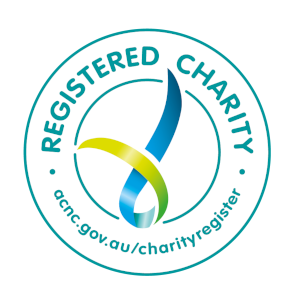This fact sheet provides information about Patau Syndrome, its frequency, signs and symptoms, screening and treatment.
Patau syndrome, also known as trisomy 13, is a genetic condition in which there is an extra copy of chromosome 13.
The syndrome is characterised by severe intellectual disability and associated medical issues such as heart defects, and abnormalities of the brain and spinal cord.
Due to the presence of these life-threatening medical conditions many neonates with Patau Syndrome die within their first week of life, with approximately 5 to 10% of children living past 12 months of age.
This is not an inherited condition, and results instead from random events during the formation of eggs and sperm in healthy parents.
Frequency
Patau syndrome occurs in approximately 1 in 16, 000 newborns
Signs and Symptoms
- Difficulties feeding, leading to poor weight gain and growth
- Severe intellectual disability
- Facial features may include eyes set far apart with vertical skin folds on the inner corners of the eye, broad flat nose, and cleft palate or lip.
- Heart defects
- Abnormalities of the brain and spinal cord
- Poor development of the eyes
- Extra fingers or toes
- Cleft palate (opening in the roof of the mouth)
- Weakness of the muscles
- Kidney abnormalities
- Undescended testes in boys
Screening
Antenatal screening tests for trisomy 13 are performed in conjunction with Down syndrome screening in the first trimester. This is done via a blood test, and an ultrasound. The diagnosis is therefore usually before the child is born.
Treatment
There is no current curative treatment for patau syndrome. Neonates are placed in intensive care after birth.
References
Patau Syndrome (2019). Retrieved from https://ghr.nlm.nih.gov/condition/trisomy-13#diagnosis
Patau Syndrome (2019). Retrieved from http://brochures.mater.org.au/brochures/mater-mothers-hospital/patau-syndrome-trisomy-13



